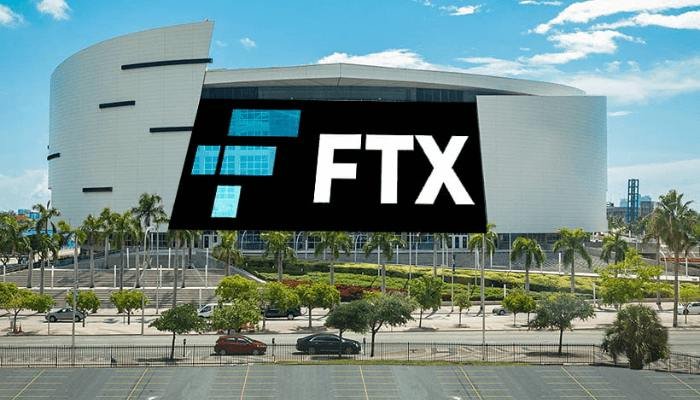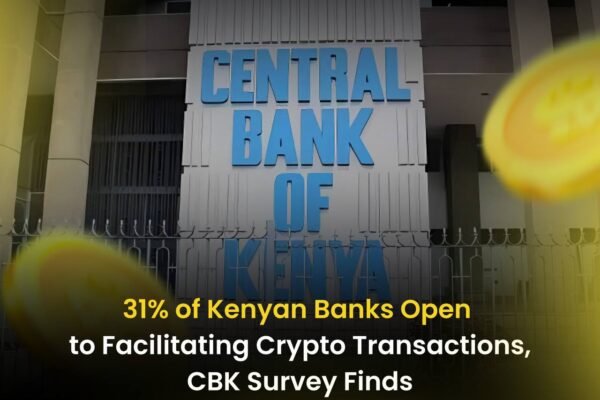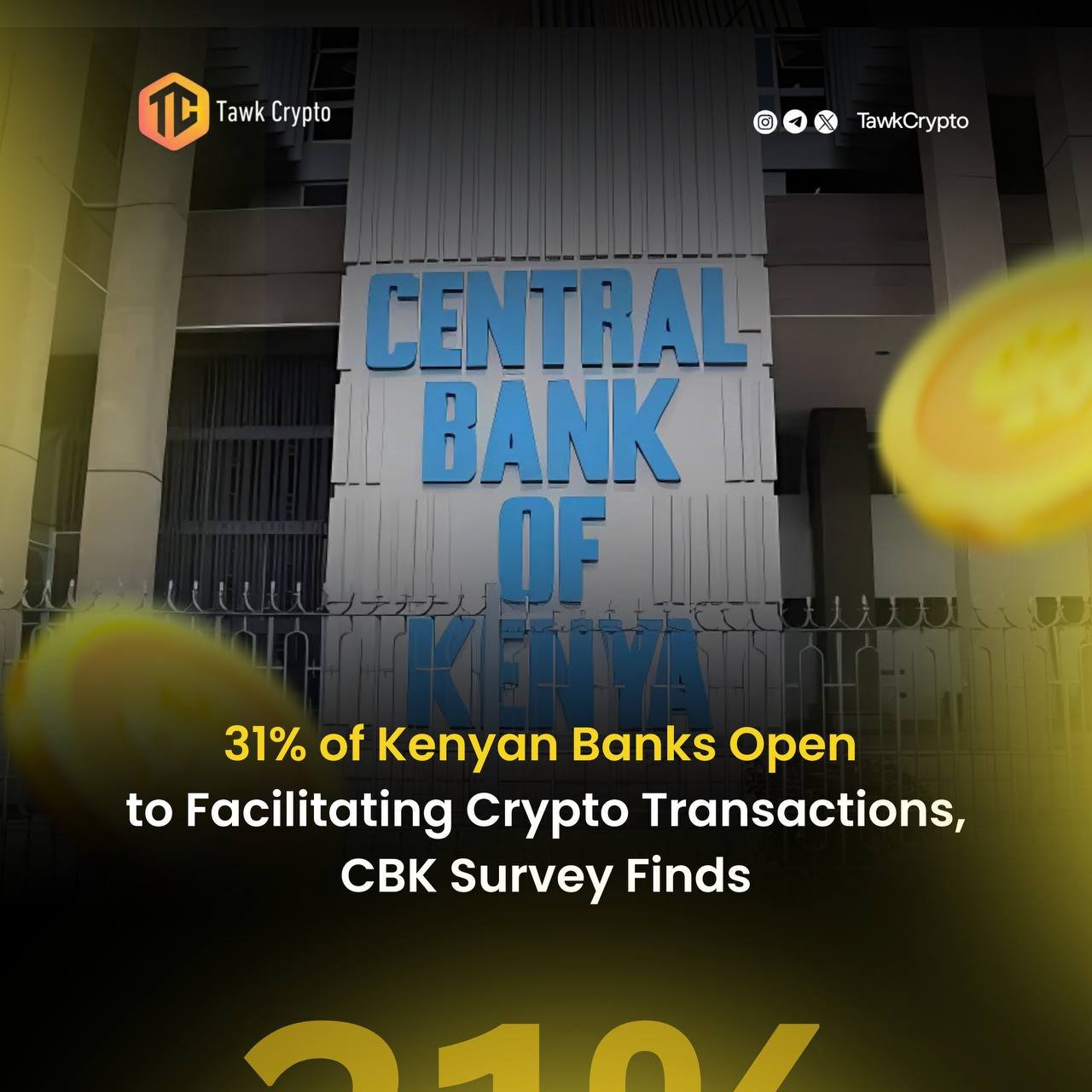

FTX to Begin Creditor Distributions by March 2025
FTX, the once-dominant cryptocurrency exchange that filed for bankruptcy in November 2022, has announced plans to begin distributions to its creditors no later than March 2025. The long-awaited update marks a significant milestone in the exchange’s efforts to address its estimated $8 billion in liabilities and provide restitution to creditors following its high-profile collapse.
The Road to Creditor Distributions
The announcement comes after more than two years of legal proceedings, asset recovery efforts, and forensic investigations aimed at unraveling the complex financial web left behind by FTX and its founder, Sam Bankman-Fried.
The timeline was disclosed in court filings and statements made by the company’s restructuring team, led by CEO John J. Ray III, who has overseen the bankruptcy proceedings. The plan to begin distributions in early 2025 is contingent on court approvals and the continued recovery of assets from FTX’s global operations.
FTX’s Bankruptcy Journey
The collapse of FTX in late 2022 sent shockwaves across the cryptocurrency industry, exposing a massive shortfall in customer funds and allegations of mismanagement and fraud. In the aftermath, the company entered Chapter 11 bankruptcy, initiating one of the most complex and high-profile corporate restructurings in U.S. history.
Key Developments Since the Collapse:
- Asset Recovery:
FTX’s legal and financial teams have successfully recovered over $7 billion in assets, including cash, cryptocurrencies, and illiquid investments. These recovered funds are expected to form the basis of the creditor distributions. - Legal Actions:
Several lawsuits have been filed against former FTX executives, including Bankman-Fried, as well as affiliated companies and investors who benefited from the exchange’s operations. The ongoing litigation aims to recover additional funds for creditors. - Restructuring Efforts:
The bankruptcy proceedings have included the sale of FTX’s assets, such as its stake in various companies and subsidiaries, to raise capital for repayment efforts.
Who Are FTX’s Creditors?
FTX’s creditors span a broad spectrum, including:
- Retail Investors: Thousands of individual customers who lost funds held in FTX accounts.
- Institutional Investors: Hedge funds, venture capital firms, and trading desks that had exposure to FTX.
- Corporate Entities: Companies that provided services or partnered with FTX prior to its collapse.
Creditors have been divided into categories based on their claims, with priority given to those directly impacted by the loss of funds held on the platform.
What to Expect from the Distribution Plan
The planned distributions, set to begin no later than March 2025, are expected to involve a phased approach, with payments determined by the recovery of additional assets and court-approved allocation plans.
Factors Affecting Payouts:
- Asset Valuation:
The value of recovered crypto assets may fluctuate significantly depending on market conditions. - Claims Resolution:
The final payout amount for creditors will depend on the total value of claims, which must still be verified and adjudicated by the bankruptcy court. - Legal Outcomes:
Ongoing lawsuits and asset recovery efforts could increase the pool of funds available for distribution.
While the exact percentages of recovery for creditors remain uncertain, early estimates suggest that they could recover between 40% and 60% of their claims if asset recovery efforts continue to progress.
Industry Implications
FTX’s planned distributions are likely to have far-reaching implications for the cryptocurrency industry:
- Restoring Trust: The payout process could help rebuild confidence among retail and institutional investors shaken by FTX’s collapse.
- Regulatory Reforms: The fallout from FTX has already spurred calls for stricter oversight of cryptocurrency exchanges and custodial practices.
- Market Impact: The liquidation of recovered crypto assets as part of the distribution plan could create market volatility, depending on the volume and timing of sales.
FTX CEO John Ray III’s Statement
John J. Ray III, who has spearheaded the restructuring efforts, commented on the progress:
“Our team has worked tirelessly to recover assets and maximize the value of the estate for creditors. While there is still much work to be done, we are committed to delivering on our promise to return as much as possible to those affected by FTX’s collapse.”
Challenges Ahead
Despite the progress, several challenges remain:
- Complexity of Claims: Resolving the thousands of claims filed by creditors will require meticulous verification and adjudication.
- Litigation Risks: Ongoing lawsuits could delay distributions or affect the final pool of recoverable assets.
- Market Dynamics: The value of crypto holdings recovered by FTX could be affected by market conditions leading up to the distribution date.
The Bigger Picture
The planned creditor distributions represent a critical step in addressing the fallout from what is considered the largest crypto scandal in history. For the creditors, the March 2025 timeline provides a glimmer of hope that restitution is within reach. For the industry, the resolution of FTX’s bankruptcy underscores the need for greater transparency, accountability, and regulatory oversight to prevent future crises.
As FTX’s restructuring efforts continue, TawkCrypto will provide ongoing updates and analysis on this historic case and its implications for the global cryptocurrency market.







